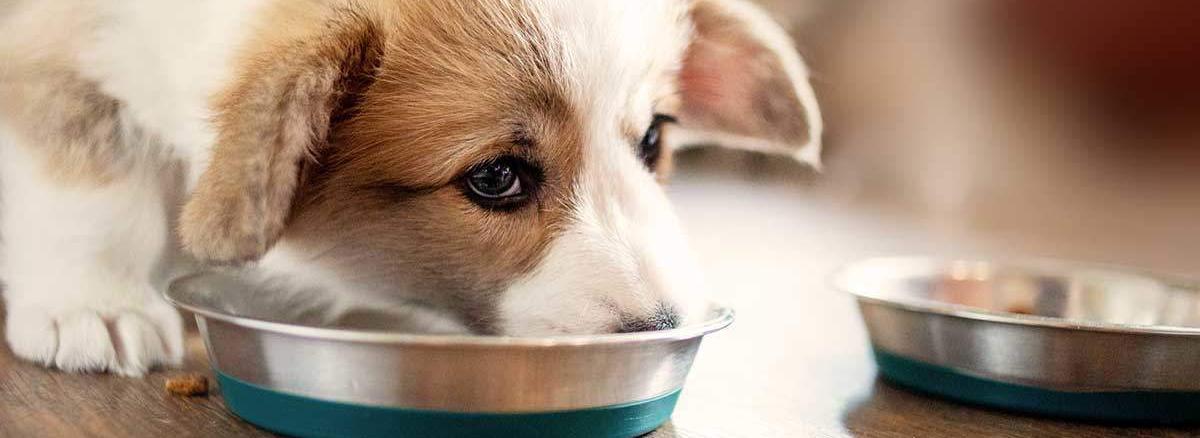Transitioning Your Dog To a New Diet
There are a number of reasons why you would want or need to switch your dog’s food. These transitional periods could be from puppy-to-adult or from adult-to-mature dog; your dog has been diagnosed by the vet with a disease or disorder and a prescription diet has been recommended; or perhaps you’ve come to believe that the present food isn’t as healthy for your dog as you’d prefer.
Canine stomachs and constitutions vary. Maybe your dog has an iron stomach and can eat anything without adverse effects. In such a case, an immediate change in diet may not faze your best furry friend. Or, maybe your dog is prone to stomach ailments and diarrhea. When the latter is the case, or if you prefer to err on the side of caution, a gradual switch to a different dog food is the way to go.
Carve out a week on your calendar that is convenient for you to undertake the endeavor, in case of rejection – either accidentally or by the unwillingness of your pet. Each day, reduce the regular dog food by 20% while increasing the new food by 20%. On day five, if your pet has not experienced vomiting or diarrhea, you can serve 100% of the new dog food. If, on the other hand, your pet stops eating or severely rejects the new food at any time, stop the process and contact your veterinarian.
If your veterinarian has prescribed a change in diet for your dog, be sure to discuss the recommended method for achieving the change, either abruptly or gradually, for your sake and your pet’s.

